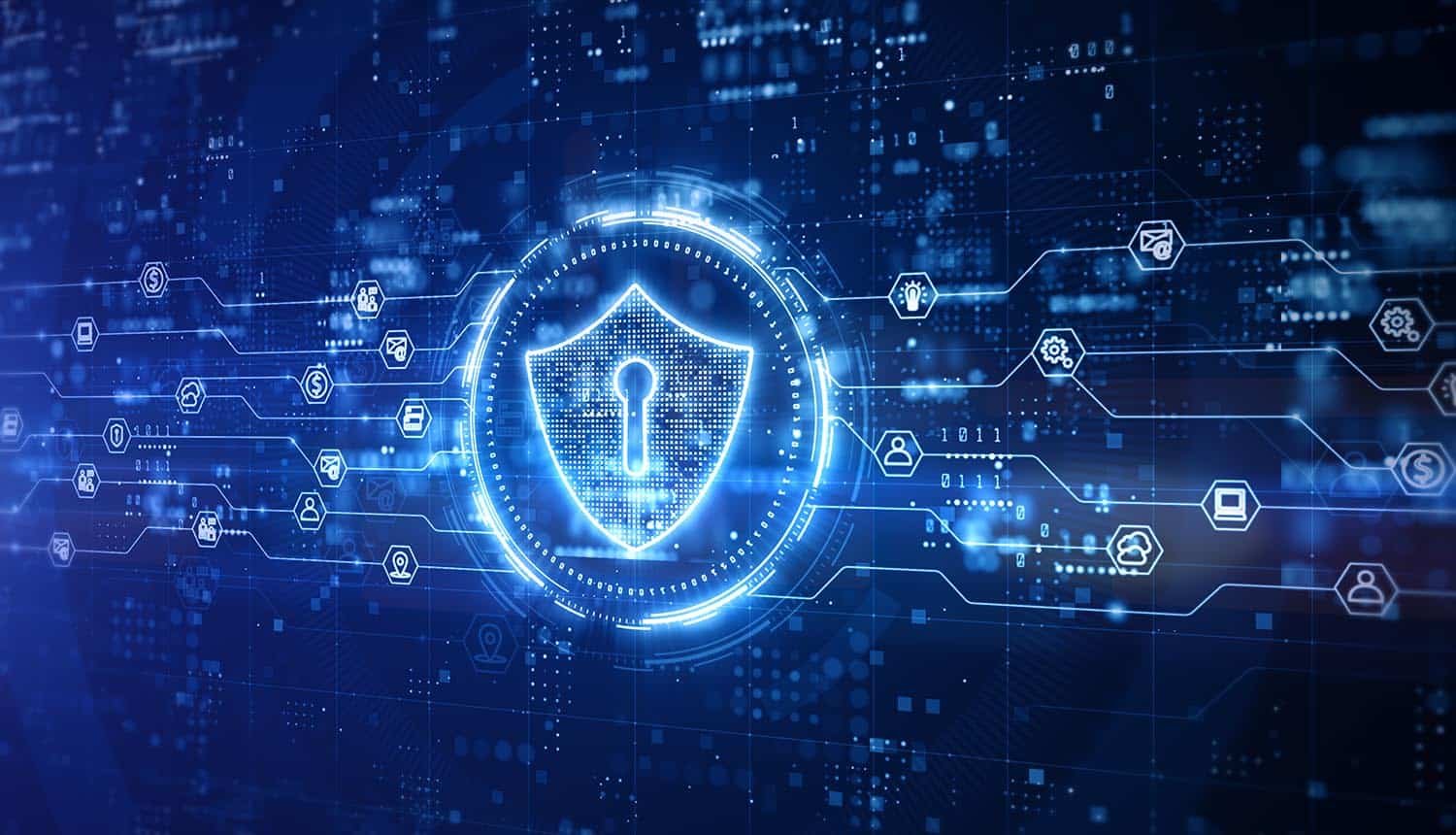As we navigate through 2024, the landscape of cybersecurity is evolving rapidly. New technologies and emerging threats are reshaping how we approach online security. Staying ahead of these changes is crucial for protecting sensitive information and maintaining robust defenses against cyberattacks. In this article, we’ll explore the top cybersecurity trends for 2024 that are set to impact both individuals and organizations.

Emergence of Artificial Intelligence in Cybersecurity
Artificial Intelligence (AI) is no longer just a buzzword; it’s becoming a pivotal element in cybersecurity strategies.
1. AI-Driven Threat Detection
AI-driven threat detection systems are advancing rapidly. These systems leverage machine learning algorithms to identify and respond to threats in real-time. By analyzing vast amounts of data, AI can detect unusual patterns and potential security breaches more efficiently than traditional methods.
a. Behavioral Analysis
Behavioral analysis powered by AI helps in understanding normal user behavior patterns and spotting deviations that might indicate malicious activities. This approach enhances the ability to detect sophisticated threats that could otherwise go unnoticed.
b. Automated Response
AI can also automate responses to certain types of threats. For example, if a suspicious activity is detected, AI systems can initiate pre-defined responses, such as isolating affected systems or blocking malicious IP addresses, to mitigate the damage quickly.
2. Improved Threat Intelligence
AI’s role extends to improving threat intelligence, offering deeper insights into emerging threats. By analyzing data from various sources, AI can provide actionable intelligence and help cybersecurity teams stay ahead of potential attacks.
Rise of Zero Trust Architecture
Zero Trust Architecture (ZTA) is gaining momentum as organizations recognize the limitations of traditional security models.
1. Principle of “Never Trust, Always Verify”
Zero Trust operates on the principle of “never trust, always verify.” Unlike traditional models that assume everything inside the network is safe, Zero Trust continuously verifies the identity and security posture of every user and device attempting to access resources.
a. Granular Access Control
Granular access control is a key feature of Zero Trust. It ensures that users only have access to the resources necessary for their role. This minimizes the risk of insider threats and limits the potential impact of a security breach.
b. Continuous Monitoring
Continuous monitoring is integral to Zero Trust. By constantly assessing user and device behavior, Zero Trust architectures can quickly identify and respond to anomalies, reducing the window of opportunity for attackers.
2. Integration with Cloud Security
Zero Trust is particularly relevant for cloud environments. As more organizations migrate to the cloud, applying Zero Trust principles helps secure cloud-based assets and applications. This integration ensures that cloud resources are protected against unauthorized access and potential threats.
Focus on Ransomware Defense
Ransomware attacks continue to be a major concern for cybersecurity professionals.
1. Enhanced Backup Strategies
Enhanced backup strategies are crucial in defending against ransomware. Regular, automated backups ensure that organizations can recover their data without succumbing to ransom demands. In 2024, we will see increased emphasis on backup solutions that offer faster and more reliable recovery options.
a. Immutable Backups
Immutable backups are becoming more popular. These backups cannot be altered or deleted by ransomware, providing a secure way to restore data. As a result, organizations are less vulnerable to attacks that encrypt or destroy their data.
b. Backup Verification
Backup verification is also gaining traction. Regularly testing backups to ensure their integrity and usability is essential for effective recovery. This practice helps identify potential issues before an attack occurs.
2. Ransomware Incident Response Plans
Developing comprehensive ransomware incident response plans is becoming standard practice. These plans outline procedures for responding to ransomware attacks, including communication strategies, forensic analysis, and recovery steps. The goal is to minimize downtime and reduce the overall impact of an attack.
Increased Emphasis on Data Privacy
Data privacy continues to be a significant concern, driven by increasing regulatory requirements and growing public awareness.
1. Compliance with Data Protection Regulations
Compliance with data protection regulations such as GDPR, CCPA, and others is crucial for organizations. As regulations evolve, companies must stay updated and ensure that their cybersecurity measures align with legal requirements.
a. Data Encryption
Data encryption remains a fundamental practice for protecting sensitive information. With stricter data privacy regulations, organizations are focusing on robust encryption techniques to safeguard data both at rest and in transit.
b. Privacy-Enhancing Technologies
Privacy-enhancing technologies (PETs) are gaining traction. These technologies, such as anonymization and pseudonymization, help organizations manage and protect personal data more effectively, ensuring compliance with privacy regulations.
Conclusion
The cybersecurity landscape in 2024 is marked by significant advancements and evolving threats. Artificial intelligence is enhancing threat detection and response, while Zero Trust Architecture is redefining security models. Ransomware defense strategies are becoming more sophisticated, and data privacy continues to be a priority. By staying informed about these trends and adopting best practices, individuals and organizations can better protect themselves against the ever-changing world of cyber threats.




